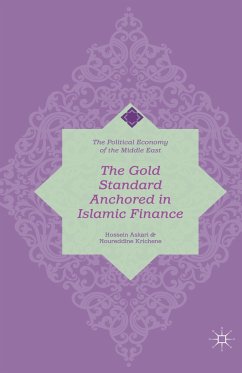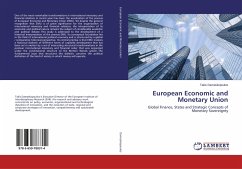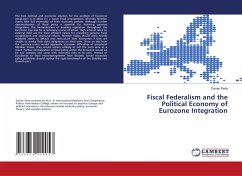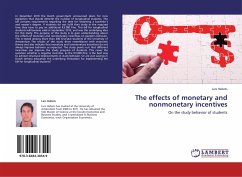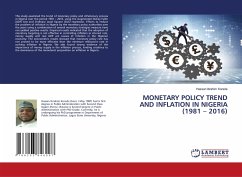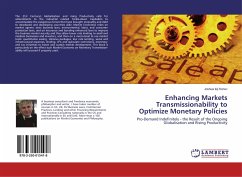
The gold standard and the European Monetary Union
Are the factors that contributed to the breakdown of the gold standard also present in the EMU?
Versandkostenfrei!
Versandfertig in 6-10 Tagen
39,99 €
inkl. MwSt.

PAYBACK Punkte
20 °P sammeln!
This book seeks to identify the most important factors that contributed to the breakdown of the gold standard in the 1930s, and to see if these factors are present in the European Monetary Union (EMU) today. This is done in order to find out if the same factors might create, or have created, similar instabilities and problems in the EMU as they imposed on the interwar gold standard. The author finds similarities between the gold standard and the EMU for all the five factors that are seen as most critical for the gold standard breakdown, and that they do impose instabilities also in the EMU. Th...
This book seeks to identify the most important factors that contributed to the breakdown of the gold standard in the 1930s, and to see if these factors are present in the European Monetary Union (EMU) today. This is done in order to find out if the same factors might create, or have created, similar instabilities and problems in the EMU as they imposed on the interwar gold standard. The author finds similarities between the gold standard and the EMU for all the five factors that are seen as most critical for the gold standard breakdown, and that they do impose instabilities also in the EMU. The EMU is, however, more resistant to the factors as it is more politically integrated with free trade and labour agreements and a common independent central bank, but these efforts seem to be inadequate.



